Humans news stories

We still don’t know just how the first life emerged on Earth. One suggestion is that the building blocks arrived here from space; now, a new study of several carbon-rich meteorites has added weight to this idea

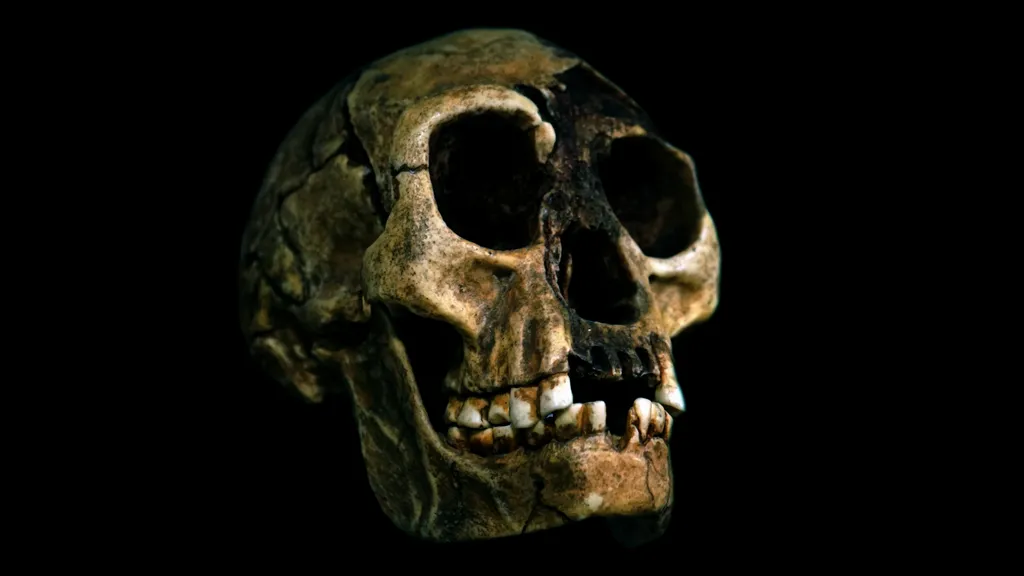
Between about 700,000 years ago and 60,000 years ago, a diminutive early human walked the island of Flores, in what is now Indonesia.
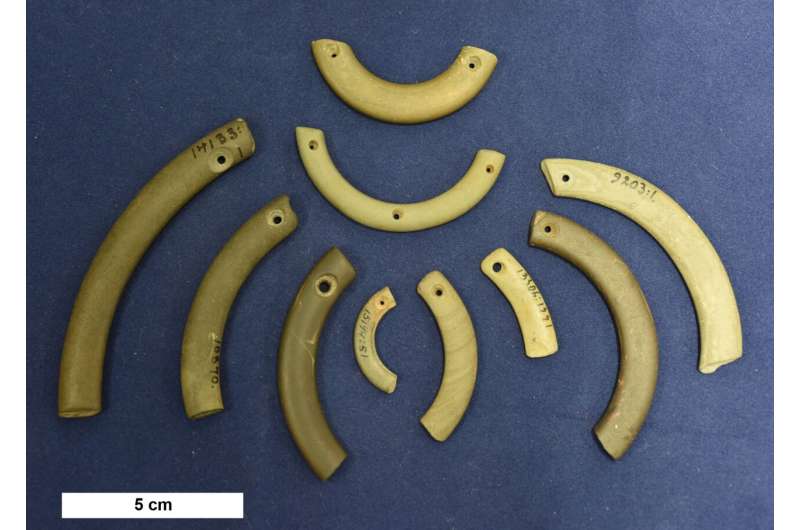
According to Postdoctoral Researcher Marja Ahola from the University of Helsinki, not all objects have necessarily been broken by accident. Instead, it is possible some were fragmented on purpose as part of maintaining social relations, bartering or ritual activities.

The two brightest planets will be a beauty to spot if you can find somewhere with a low enough eastern horizon.
Image from: User:1j1z2 (Wiki Commons)

The drug MDMA (3,4-methylenedioxymethamphetamine) might not produce depressive “comedowns” when used in a controlled clinical setting, according to new research published in the Journal of Psychopharmacology.
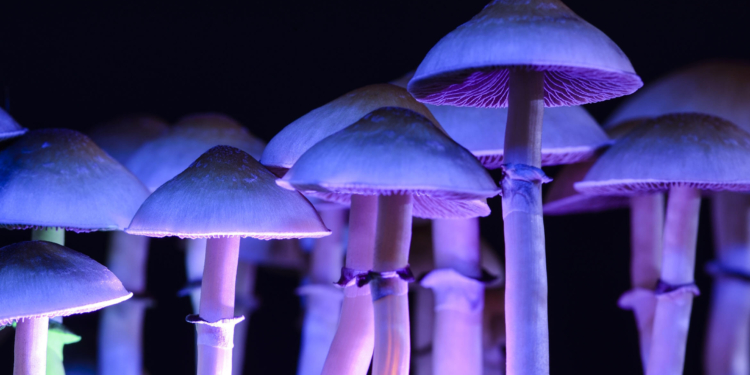
Psychedelic use has been proposed as a treatment for various substance use disorders, leading people to question if it would be an effective treatment for opioid abuse. A study published in Nature: Scientific Reports suggests that psilocybin use, but no other psychedelics, was linked to lower odds of opioid abuse.
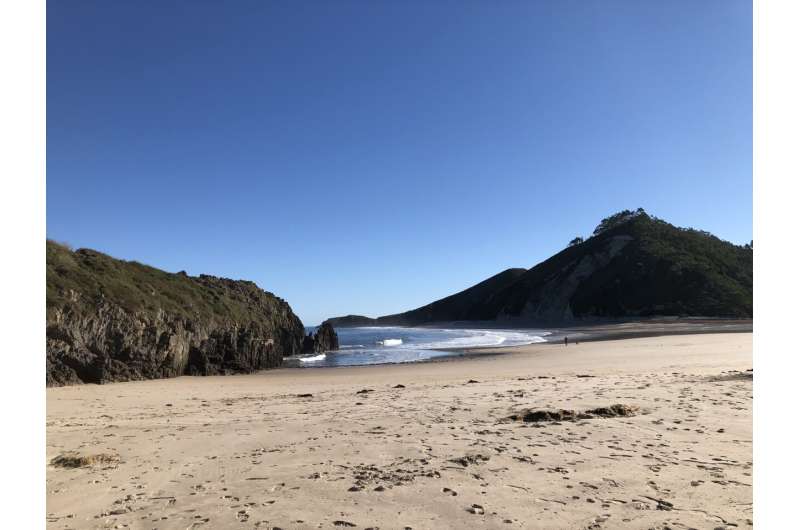
Current global climatic warming is having, and will continue to have, widespread consequences for human history, in the same way that environmental fluctuations had significant consequences for human populations in the past.
An epic migration story is revealed through a piece of pottery.
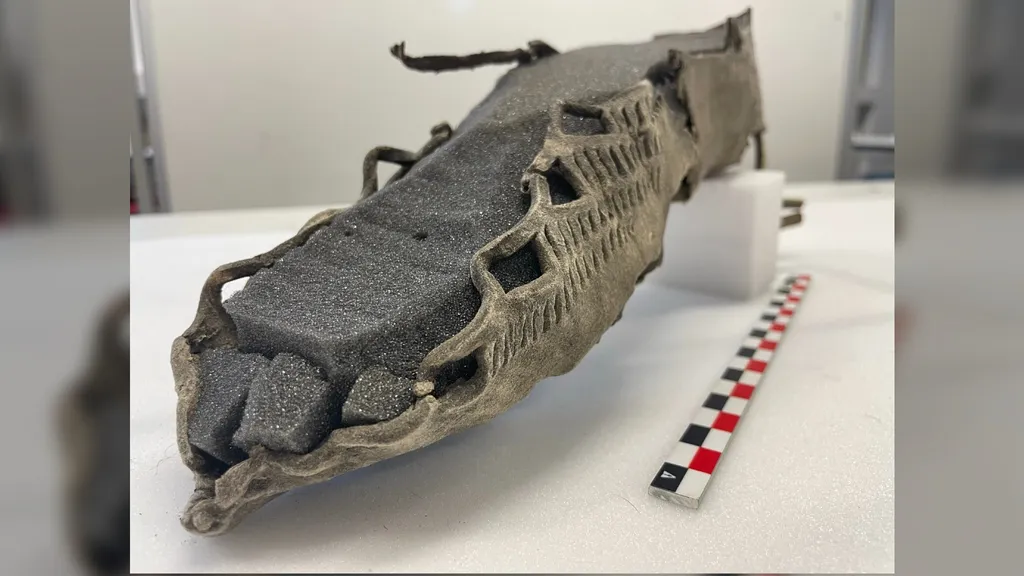
The sandal reveals that humans historically used the icy pass.
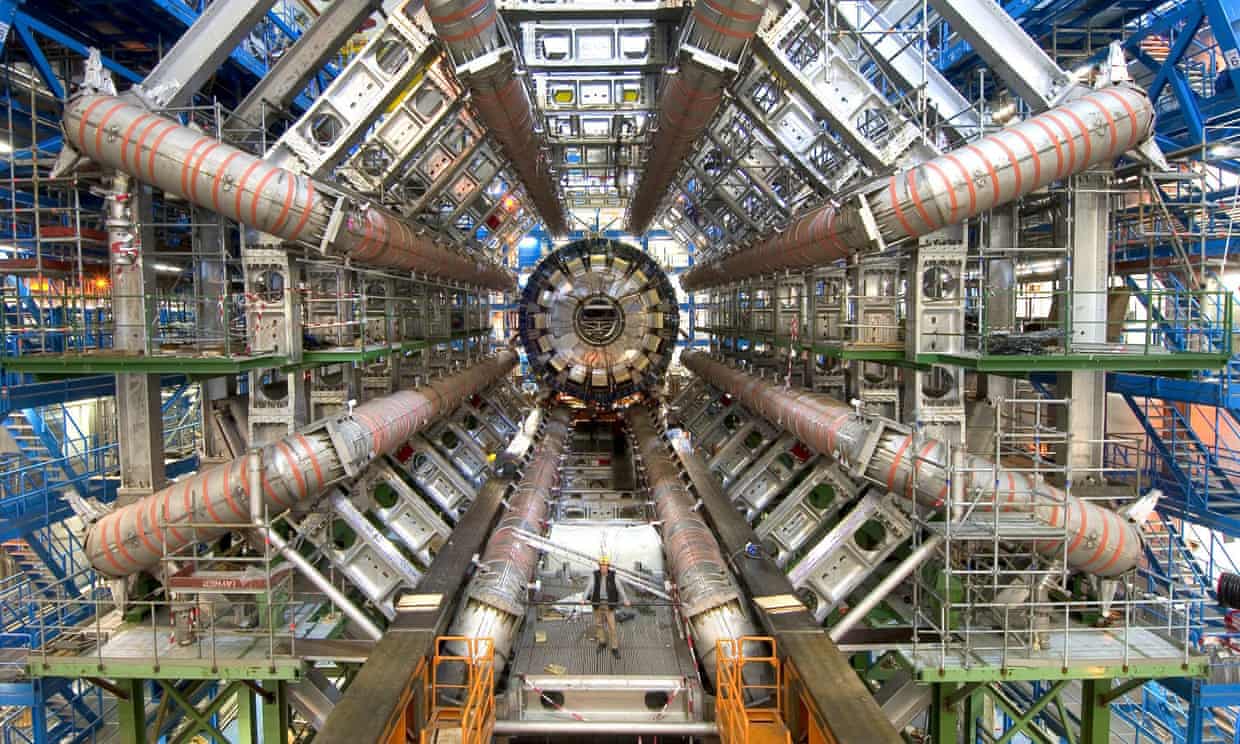
The Large Hadron Collider (LHC) will restart on Friday after a three-year hiatus and is expected to resolve a scientific cliffhanger on whether a mysterious anomaly could point to the existence of a fifth fundamental force of nature.

It’s high time we had a sensible conversation about cannabis reform. From Canada to Georgia, Mexico to Malta, countries around the world are changing their laws. But in the UK the substance continues to be banned. We are failing to keep up with global trends and new thinking.
A research team from the Department of Prehistory, Archaeology and Ancient History of the University of Valencia (UV) has discovered and dated in Aspe (Alicante) an open-air neanderthal habitat over 120,000 years old in the Natural Park of Los Aljezares.
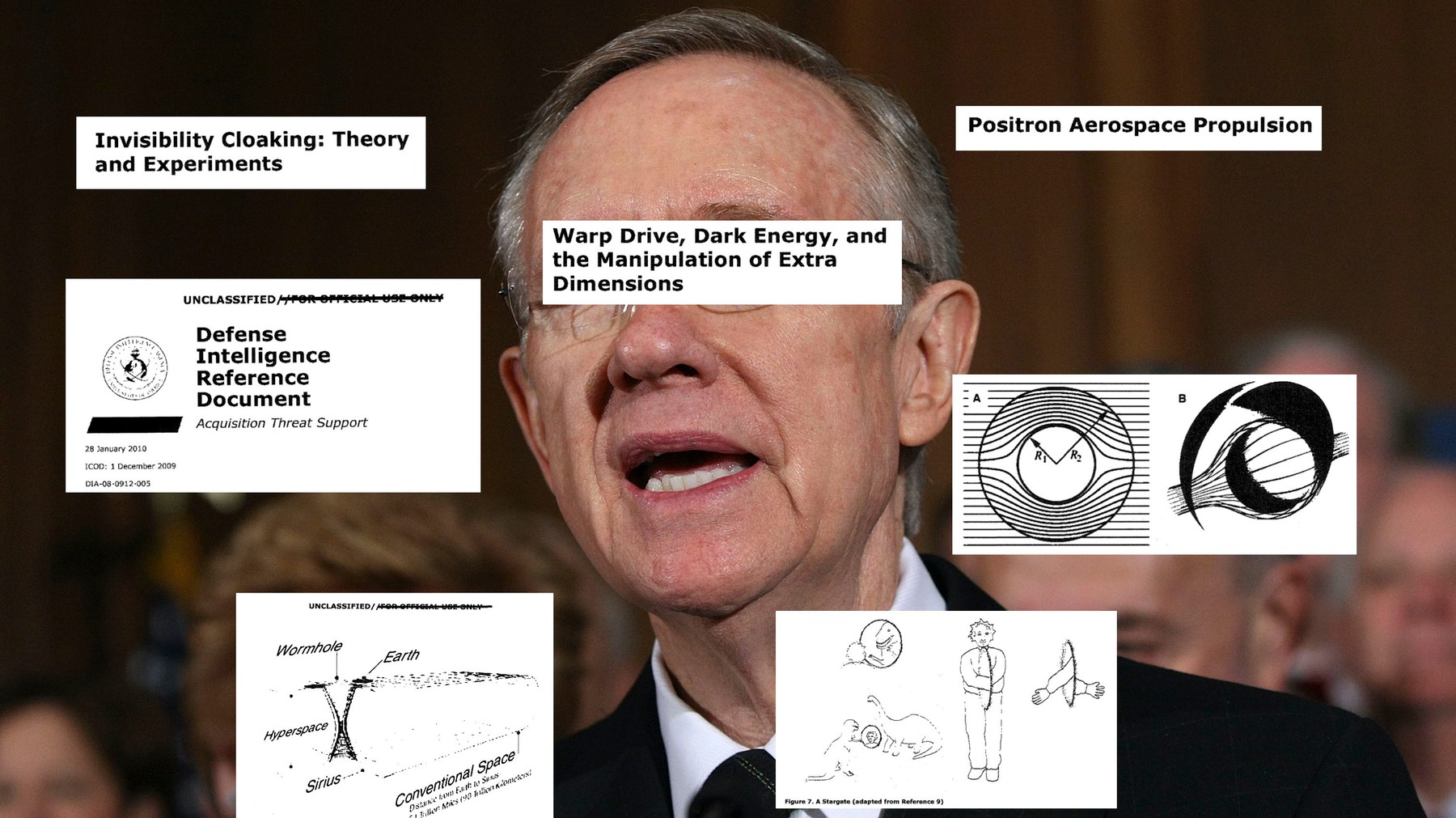
A tranche of documents released to Motherboard through FOIA show the research priorities of the secretive Advanced Aerospace Weapons Systems Application Program.

Our early ancestors probably created intricate artwork by firelight, an examination of 50 engraved stones unearthed in France has revealed.
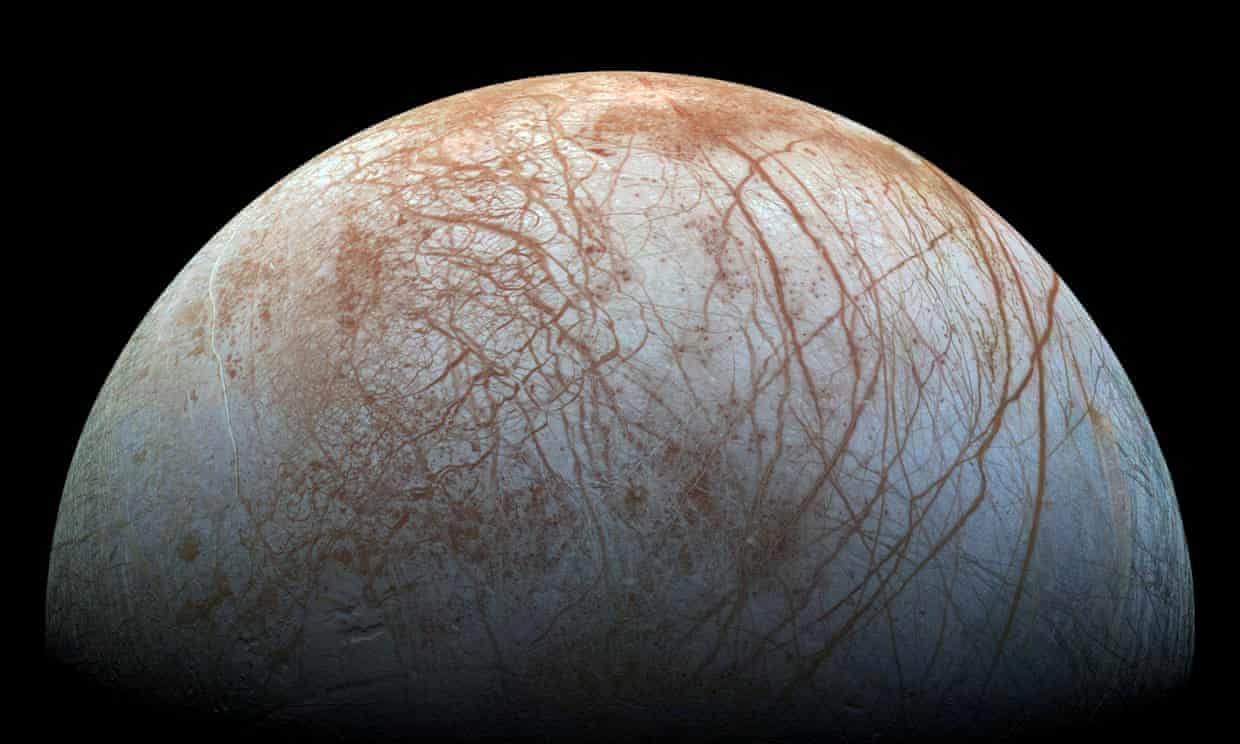
Surface features similar to ones seen on Greenland ice sheet suggest underground liquid water that could host organic matter.








